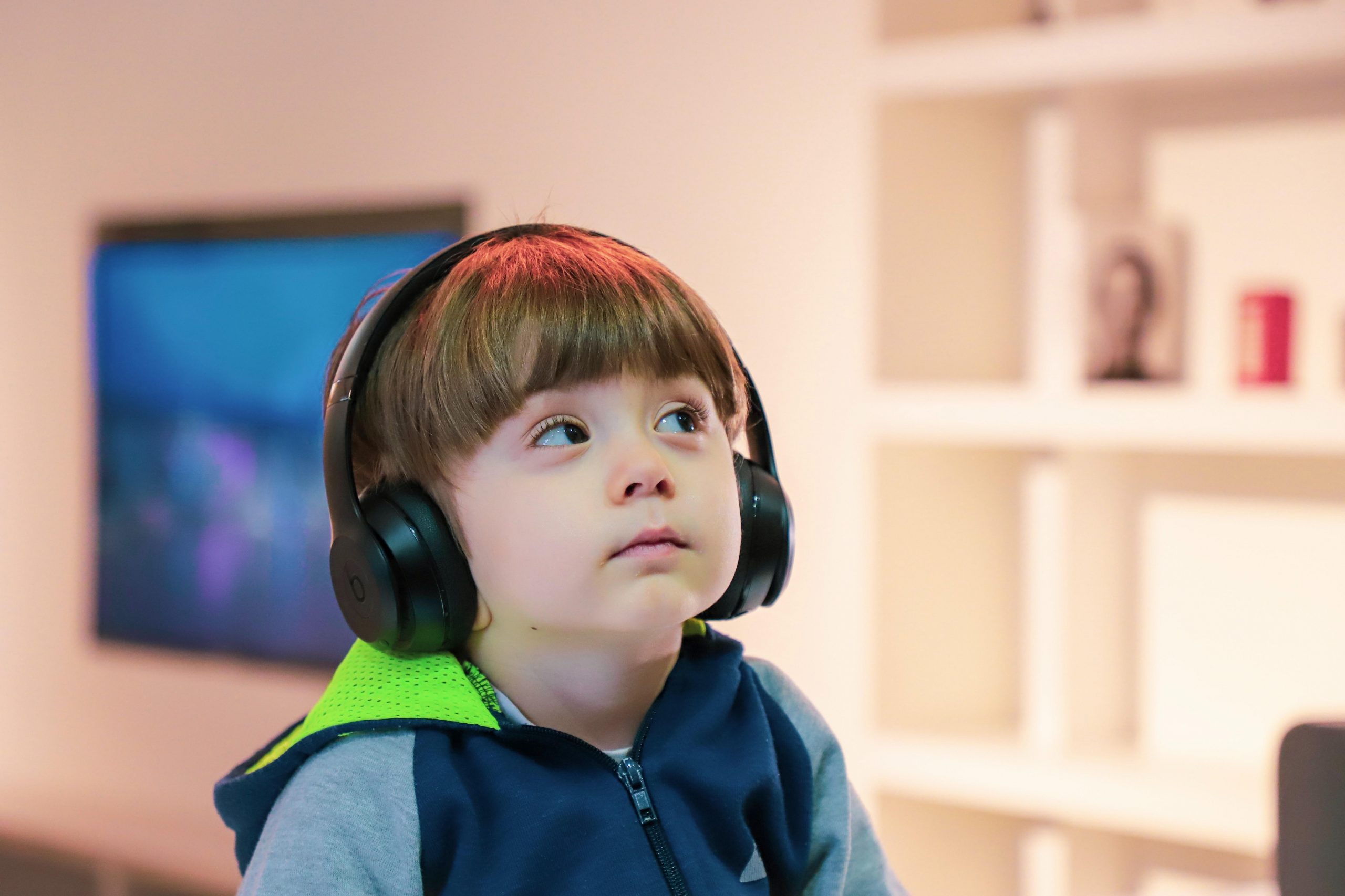For contributors:
The login link has changed to secure the site from spammers and hackers. Please send a message using the Contact Form to receive the new login link.
If you wish to be a contributor, please submit an application at CONTRIBUTOR APPLICATION.
Tips for Improving Male Hair Health
When it comes to overall health, hair is something that gets overlooked often but, if it’s not looked after, can lead to major physical appearance changes and can have a major impact on self-confidence. About a quarter of men start losing their hair before the age of 21, while about 85% of men over the... CONTINUE READING→
Researchers test ways to encourage healthier lifestyle in African-American men
African Americans could expect to live 14.6 fewer years than white Americans in 1900 but the gap between the lifespan of African American men and white men was slightly smaller at 14.1 years. By 2015, the gap for both sexes had shrunk to 3.4 years, based on Centers for Disease Control statistics, though the gap... CONTINUE READING→
Researchers compare ways to offer mental health services to underserved communities
A search in the iPhone app store for “mindfulness-based stress reduction” produces a seemingly endless stream of applications devoted to meditation. But do they work as well as having a live person with whom you can interact on the other side of the screen? A study funded in 2020 by Patient Centered Outcomes Research Institute... CONTINUE READING→
When It Comes to Your Health, Your Penis May Be the Canary in the Coal Mine
Dear Healthy Men: Like a lot of men my age (I’m 44), I have occasional problems in bed. I think it’s happening because I’m stressed about finances and life in general. I’ve been taking medication that helps, but my wife is concerned that it might be a symptom of something more serious and is urging... CONTINUE READING→
Research evaluates ways of providing mental health care in rural areas
Living in a rural area doesn’t mean you will be less likely to suffer from mental health problems. It does mean you will be less likely to have easy access to diagnosis and care. Even though rural residents are in poorer health generally than those living elsewhere, they have less access to treatment, partly because... CONTINUE READING→
With ED Drugs, Too Much of a Good Thing is a Real Possibility
Dear Healthy Men: Is there any danger to taking Viagra if I don’t have problems getting an erection? Yes there is. Like it or not, the ability to produce a firm erection on demand is a pretty important component of men’s identity—both to us and to our sexual partners. So it’s no wonder that when... CONTINUE READING→
Research tests benefits of matching addiction patients to treatment options
When it comes to gender, alcohol and drug abuse are not equal-opportunity afflictions. Men are more likely than women to use almost all types of illegal drugs, and they are more likely to end up in emergency rooms or dying as a result of overdose, according to the National Institute on Drug Abuse. Men also have... CONTINUE READING→
Make Every Bite Count, Even Little Bites!
Hey, parents! Here’s some great information on children’s nutritional needs–from a true expert in the field. The period from birth until a child’s second birthday is a critically important time for growth and development. Nutrition during this early stage of life not only affects the health of the growing child, but may continue to affect... CONTINUE READING→
Dare to Know: Practical Tools for Maintaining Meaning, Hope, and Joy in the Face of Collapse
Part 1 I will always remember 2020 as the year the wheels came off the world and everyone tried to hold on for dear life. From the worldwide pandemic that killed millions to the wildfires that ravaged many parts of our country, from a crash in the economy and chaos in our elections to fake... CONTINUE READING→
Autism rates continue to rise, but the reasons why aren’t clear
Autism affects more than 3.5 million Americans, with boys four times more likely than girls to be afflicted, the Centers for Disease Control and Prevention (CDC) says. Autism increased in children in the United States by 119 percent from 2000, when the rate was one child in 150, to 2010, when the rate was one... CONTINUE READING→










